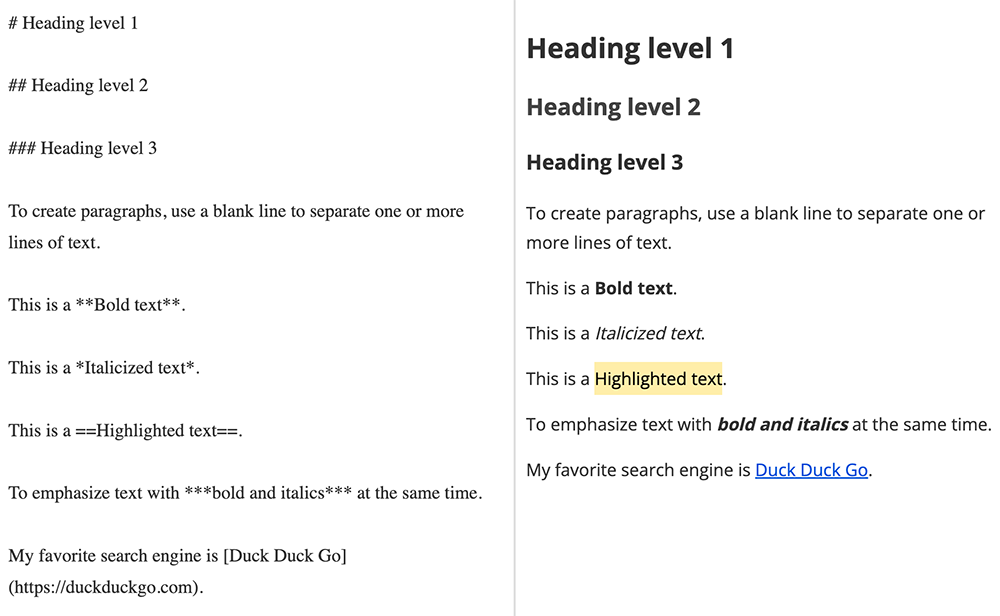7 Tips to Organize Your Notes
More articles:
1) 11 Youtube Videos About How to Take Smart Notes;
2) Zettelkasten: Smart Note-Taking System;
3) Smart Notes With Obsidian And Zettelkasten.
We all know how important it is to take effective notes. They help us remember things, record and develop our ideas, and brainstorm plans for future projects or events. However, what happens with the note after it was written down? Most people jot things down in a notebook and forget about it. What could be an excellent idea, typically gets buried among scores of other notes that are unrelated to each other.
Your note-taking system is your knowledge base. A well organized collection of notes can serve you for a lifetime. As you continue to add to your organized system of notes, you will develop great ideas that will lead to breakthroughs in your career or projects.
To maximize the benefits from the notes you take, we prepared seven tips for how to organize your notes. These tips apply to those want to begin taking notes and to those who already have a lot of notes to organize. Read on to gain some insight on how to better organize your notes.
1. Start Your Daily Journal
A great way to begin taking notes is by starting a daily journal that follows a simple structure that allows you to reflect on how the day’s event went. This daily journal does not have to eloquent or complicated. As you reflect on your day, simply answer three basic questions:
- What went well?
- What didn't go well?
- What can I improve on?
Use this simple daily notes structure as a guide. As you reflected on the day, write a simple conclusion that summarizes any new ideas or lessons you learned.
2. Use the PARA Method
Another excellent way to organize your notes is by building a folder structure with the help of Readlax, Obsidian or another smart note-taking system. A well organized folder system will allow you to create a system that helps determine exactly where to put a certain note. This can be done by using the PARA Method.
PARA is an acronym that stands for the four main categories that you would use to categorize your notes; projects, areas, resources, archives. Below is a quick breakdown of how each category is defined:
- Project: A list of actionable items that are linked to the same goal and deadline. For example, you this can contain an outline for your next article, any relevant notes and ideas, a rough draft, and the final product.
- Areas: Activities that require constant maintenance like finances, professional development, your hobbies, relationships, and home.
- Resources: This category is a record of your ongoing interests that helps you develop your knowledge. This category is an excellent place to keep track of your habits and information that help you get better in your areas of interest. If you are an avid coffee drinker, this is where you would store the resources of find for how to make the best cold brew or where to find te best coffee beans.
- Archives: This is the spot where you would move completed projects and the areas and resources you are no longer maintaining.
The beauty about the PARA Method is that it is very universal and can be adapted to all types of information, it is simple, and can be used across many applications for storing notes. It is a system that will help you accomplish more while developing your knowledge base at the same time.
3. Learn Markdown for Notes Formatting
Having an amazing organization system for your notes is just a small piece to smart notes that will simplify your life. When you look at your notes, they should be easy to read and any key points need to stand out.
Markdown is a very simple markup language that tells the application how you want your notes to be formatted. You will be able to highlight, bold, italicize, add headings, links, and images with a simple Markdown syntax. Though this may seem intimidating, the syntax is very basic and easy for anyone to follow. Below is a quick breakdown of the syntax commands for the some of the common formatting elements for a set of notes:
- For headers 1-6: use the number of hashtags that correspond to the header level. For example H3 will be indicated as ###.
- For italics: *
- For bold: **
- For unordered lists: use on of the following symbols: +, *, -
- For ordered lists: use a number followed by a period.

These are the first few basic tips for how to format your notes using the Markdown style. As we can see, this syntax is fairly simple and easy to adapt as you record your notes. Learn more about Markdown on the web-site www.markdownguide.org
4. Write Notes in Your Own Words
The strategy to write your notes in your own words may seem like a very simple one and yet, it is a highly effective one. Writing something in your own words provides a few benefits. First, it allows you to thoroughly process the new information and make sense of it all before writing. Doing so allows you to review what you learned, thus allowing you to remember it better.
Thinking about how to summarize what you learned engages your brain and critical thinking skills. In the end, you’ll find that you gained a greater understanding of the subject.
This way of taking notes is especially beneficial for students as it will allow them to regurgitate the concepts they are studying and prepare better for their exams. The method is also helpful for those who frequently prepare large projects or thesis statements.
So how does one get started with using this style of notes? The process here is fairly simple. As you begin to make your notes, read or listen to the information you’re receiving as a whole. Pay attention to key concepts and highlight them. Use the context to help you grasp a deeper understanding of the subject and begin writing your summary or reflection on what you learned.
As you make your notes in this fashion, feel free to link any web pages that are relevant to your growing knowledge. When you come back to your notes and review the resources that provided you this knowledge, you will be able to remember it quicker and perhaps have even more ideas and insights on the subject.
5. Create A Knowledge System
The secret to truly effective notes is when they are linked with other notes you have recorded in the past. Doing so creates a bank of knowledge that will continue to provide you with even more knowledge, ideas, creativity, and solutions.
A great example of a knowledge system built on interlinked notes is the Zettelkasten, which we wrote about earlier on our blog. This system is built on the practice of making connections with existing concepts in your collection of notes. As you make connections between the information you have, you will be able to create new ideas for your projects and achieve your goals. It will also help you stay productive, allowing you to save time on endless brainstorming sessions.
6. Keep Your Notes In One Place
One of the most important tips for keeping your notes organized is to keep them all in one place. After all, what good will your notes provide if you cannot find them? Select one app or storage system and use it consistently for all your notes. Doing so will allow you to link your notes easier and reference any needed notes quicker.
7. Use the "Question, Answer, Evidence" Method
The “Questiton, Answer, Evidence” Method is another form of writing notes in your own words. One of the best areas to implement this method is when attending a lecture or seminar because it will help you retain the information better. As you listen to the presented material, write down the questions that are being addressed throughout the lecture. Then, answer the questions based on what you learned during the session in your own words. This method allows you to retain the informaton and engage better with the discussed topic.
